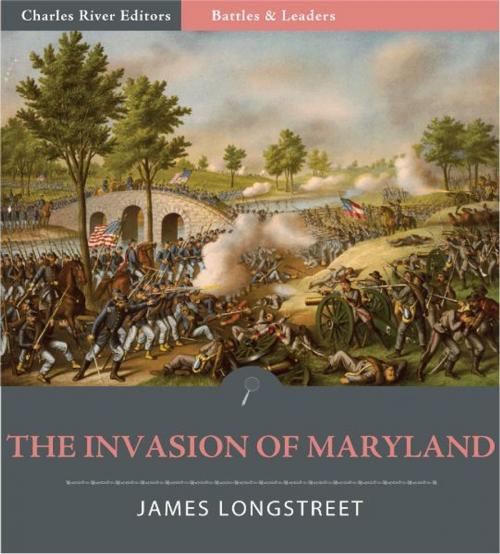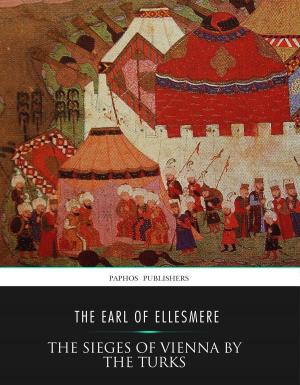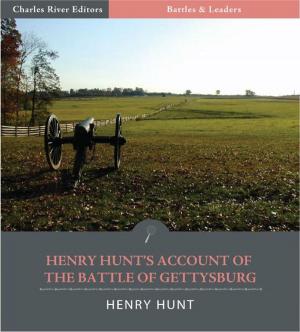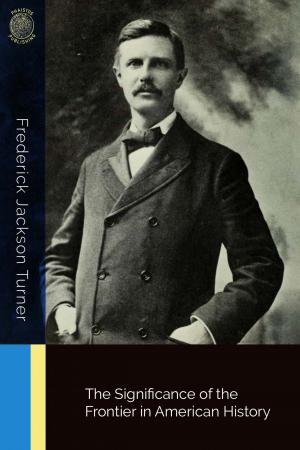Battles and Leaders of the Civil War: The Invasion of Maryland (Illustrated)
Nonfiction, History, Americas, United States, Civil War Period (1850-1877), 19th Century, Military| Author: | James Longstreet | ISBN: | 9781619828919 |
| Publisher: | Charles River Editors | Publication: | January 18, 2012 |
| Imprint: | Language: | English |
| Author: | James Longstreet |
| ISBN: | 9781619828919 |
| Publisher: | Charles River Editors |
| Publication: | January 18, 2012 |
| Imprint: | |
| Language: | English |
The bloodiest day in the history of the United States took place on the 75th anniversary of the signing of the Constitution. On September 17, 1862, Robert E. Lees Army of Northern Virginia fought George McClellans Army of the Potomac outside Sharpsburg along Antietam Creek. That day, nearly 25,000 would become casualties, and Lees army barely survived fighting the much bigger Northern army. Although the battle was tactically a draw, it resulted in forcing Lees army out of Maryland and back into Virginia, making it a strategic victory for the North and an opportune time for President Abraham Lincoln to issue the Emancipation Proclamation, freeing all slaves in the rebellious states. For those reasons, Antietam is one of the major turning points of the Civil War. One of the most prominent generals during and after the war was James Longstreet, Lees senior corps leader for many years in the Army of Northern Virginia. Longstreet played critical roles in battles like Gettysburg, Fredericksburg, and Antietam, and he wrote voluminously after the war defending his war record against critics. After the war, he wrote an account of the Maryland Campaign and Battle of Antietam that was eventually published in the well known Battles & Leaders series. This edition of Battles & Leaders of the Civil War: The Invasion of Maryland is specially formatted with a Table of Contents and pictures of Antietams important commanders.
The bloodiest day in the history of the United States took place on the 75th anniversary of the signing of the Constitution. On September 17, 1862, Robert E. Lees Army of Northern Virginia fought George McClellans Army of the Potomac outside Sharpsburg along Antietam Creek. That day, nearly 25,000 would become casualties, and Lees army barely survived fighting the much bigger Northern army. Although the battle was tactically a draw, it resulted in forcing Lees army out of Maryland and back into Virginia, making it a strategic victory for the North and an opportune time for President Abraham Lincoln to issue the Emancipation Proclamation, freeing all slaves in the rebellious states. For those reasons, Antietam is one of the major turning points of the Civil War. One of the most prominent generals during and after the war was James Longstreet, Lees senior corps leader for many years in the Army of Northern Virginia. Longstreet played critical roles in battles like Gettysburg, Fredericksburg, and Antietam, and he wrote voluminously after the war defending his war record against critics. After the war, he wrote an account of the Maryland Campaign and Battle of Antietam that was eventually published in the well known Battles & Leaders series. This edition of Battles & Leaders of the Civil War: The Invasion of Maryland is specially formatted with a Table of Contents and pictures of Antietams important commanders.















